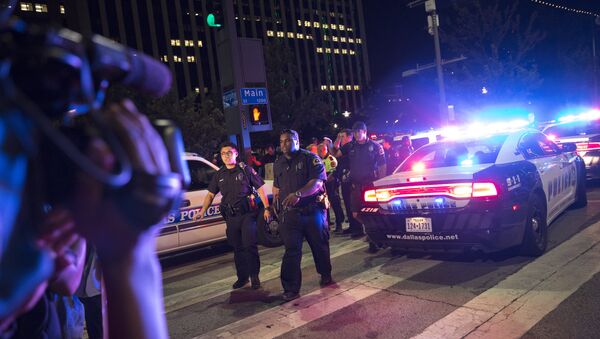Sean Bielat, CEO of Endeavor Robotics, an outgrowth of technology company iRobot’s military division, sees no problem with how the robot was used to take down the shooter. "A robot was used to keep people out of harm’s way in an extreme situation,” he told Defense One. “That’s how robots are intended to be used."
Joergen Pedersen, chairman of the National Defense Industrial Association’s robotics division and CEO of RE2 robotics, feels the same way. "If these robots are used in manners for which they were unintended, we would expect that the officers who are there to keep citizens and themselves safe would use good judgment where the application of lethal force is a last resort," he said.
Dallas Mayor Mike Rawlings also voiced support for the Dallas Police Department tactics. He told Face the Nation on Sunday that, "The [police] chief had two options and he went with this one. I supported him completely because it was the safest way to approach it."
Others believe that using robots to kill suspects will lead law enforcement down a dangerous path. Heather Roff, senior research fellow at Oxford and a research scientist at Arizona State University's Global Security Initiative, said, "My initial reaction was that we have just got onto the slippery slope. This is going to be very hard to put back and that the militarization of police capabilities means that they may now feel that it is reasonable to use robotics in this way to ensure compliance…If one doesn't have to talk to a subject and can demand compliance, then this may mean more forceful or coercive demands are made."
The Pentagon has been making battlefield technology easily available to domestic police departments, driving down the cost of robotics in the process.
Robots like the Northrop Grumman Remotec Andros F5 can cost upwards of $100,000. Bielat, whose company makes a similar machine called a Packbot, said that for this reason shootings, such as the tragedy in Dallas, won’t become "a common occurrence." He does feel that advances in 3D printing and the lowering of processing costs will lead to the affordability of military grade robots.
"A lot of the components," Bielat said, "have come down in price because of consumer applications. You now have more capability in the camera on a cellphone than you did on the…camera on the PackBot when it was first built."
The war-robot company CEO also opines that, as robots become more commonplace in domestic law enforcement, the military will begin to use them for different tasks, especially tasks that are potentially lethal.
"As you see robots move out of the EOD [bomb disposal] community and into the infantry, you’re going to have people saying, ‘Hey, these things are really useful. What would make them even more useful is x, y, and z, and that probably includes some level of armament," he suggested.





